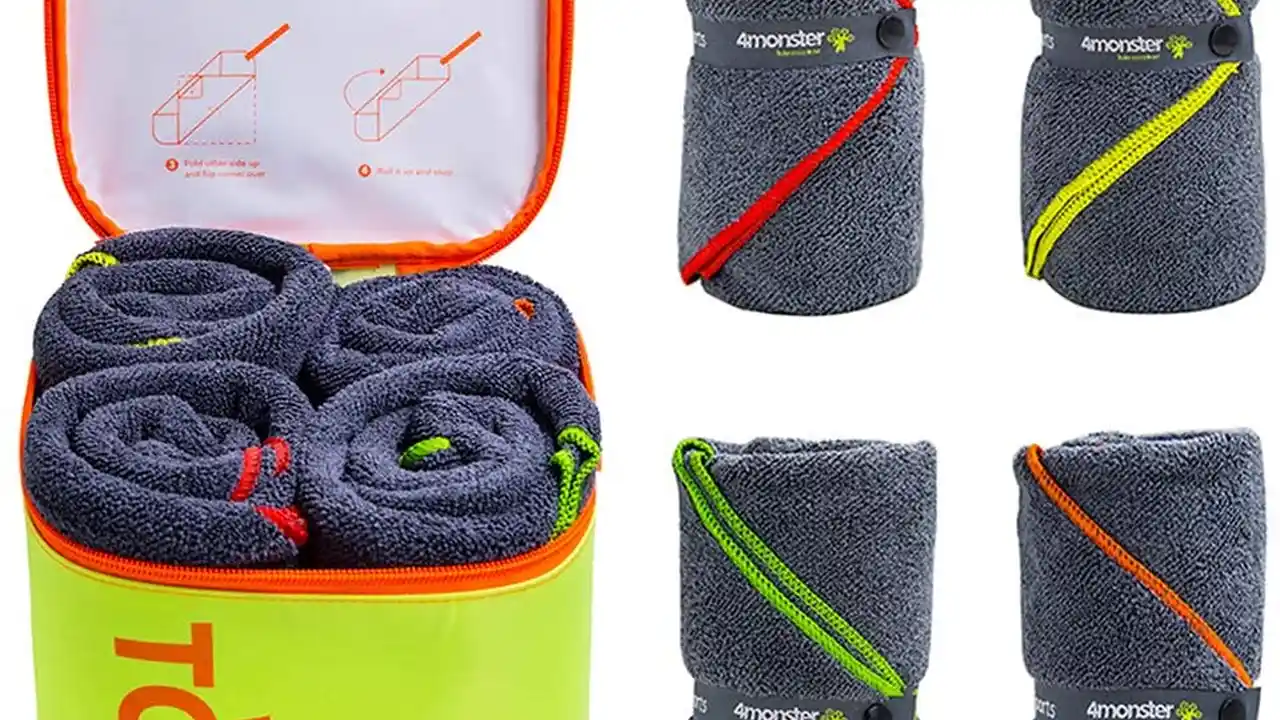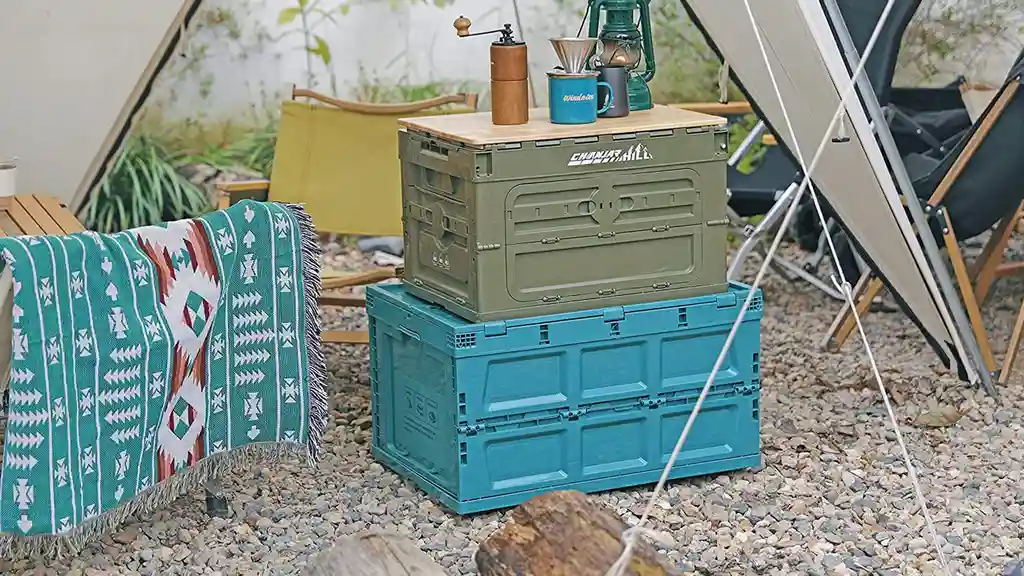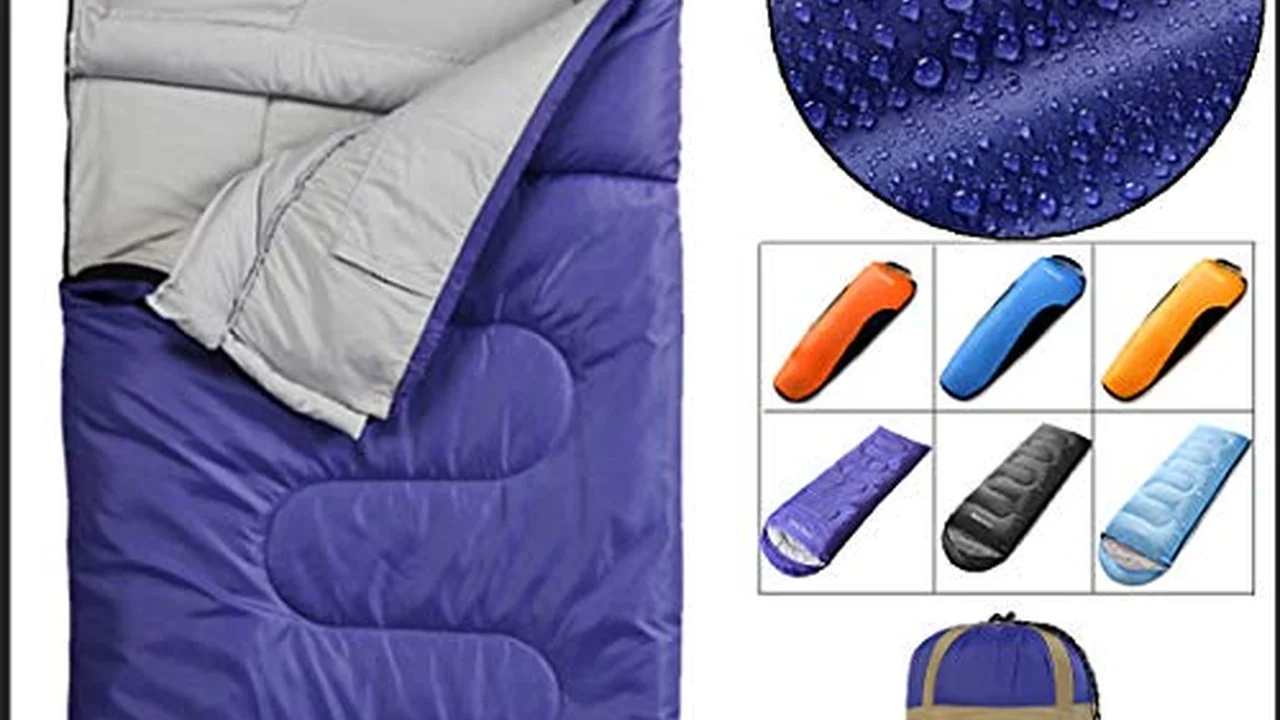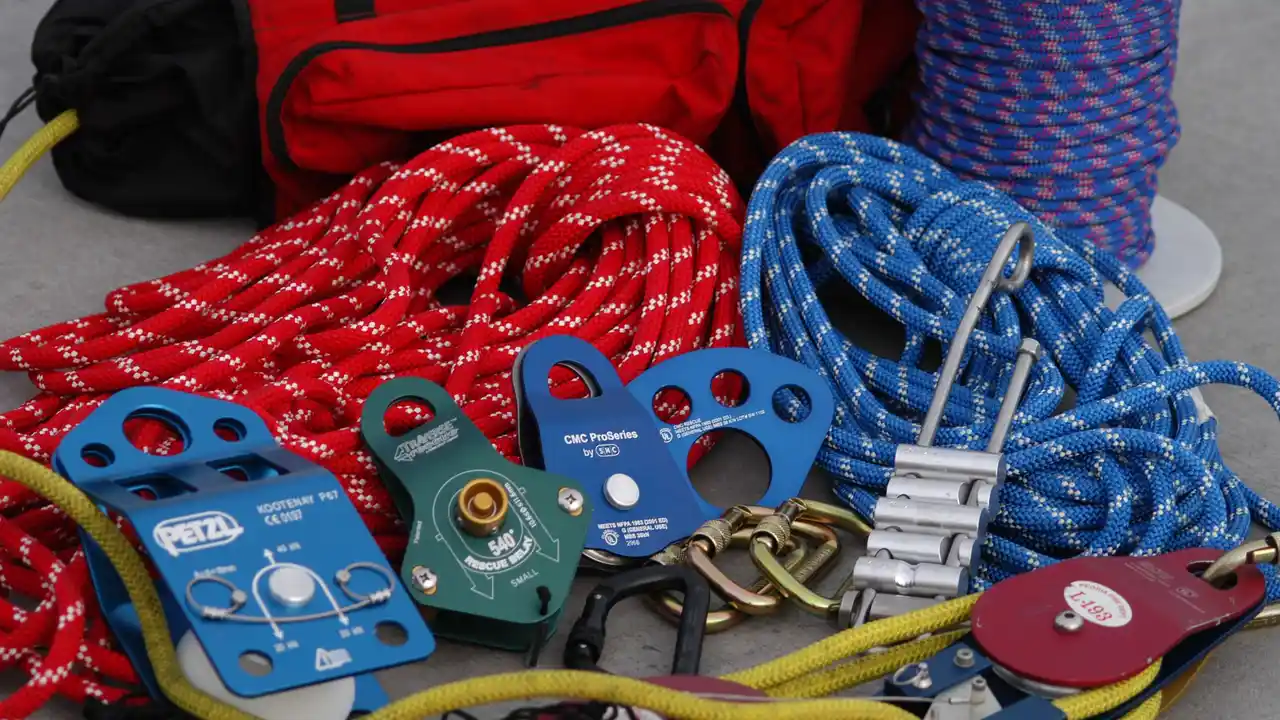Best Outdoor Belts for Durability and Functionality
Reach the crag comfortably with the best approach shoes. Compare grip, comfort, and durability for hiking and light climbing.
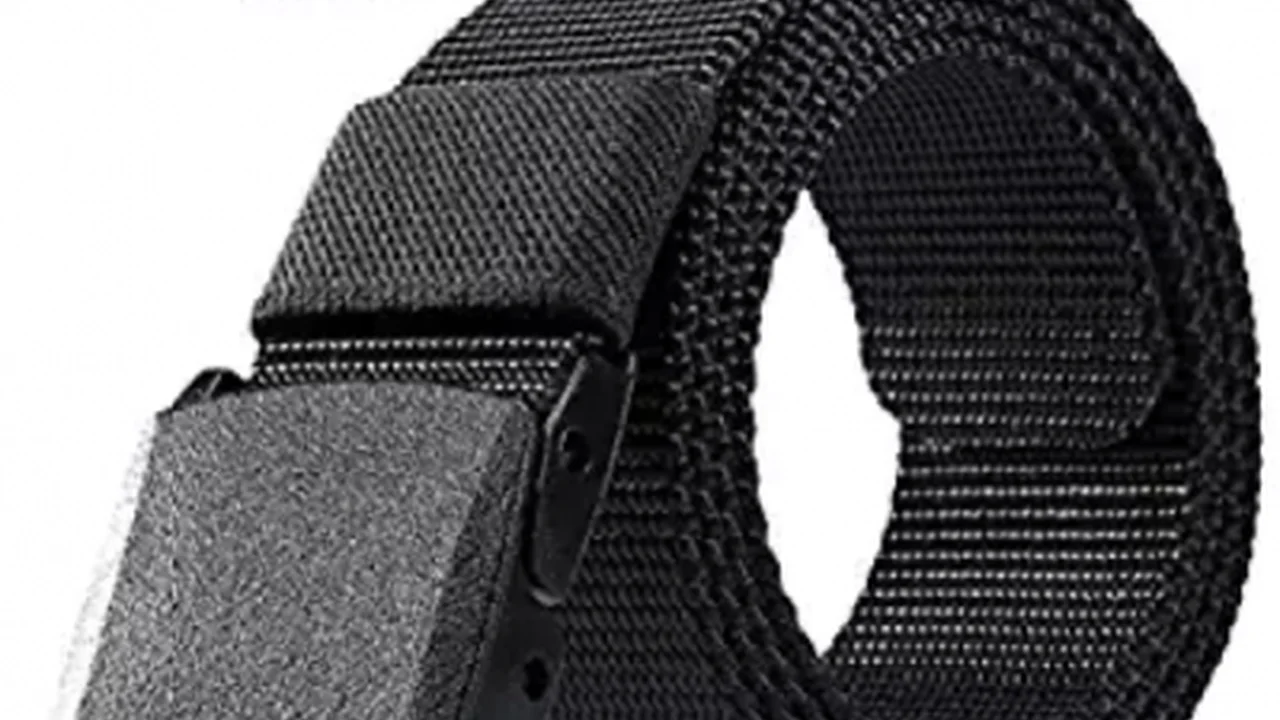
Best Approach Shoes for Hiking to Crags
Understanding Approach Shoes What Makes Them Unique
So, you're heading out for a day of climbing, right? Whether it's a challenging multi-pitch route or a fun bouldering session, getting to the base of the climb, often called the 'crag,' can be an adventure in itself. This is where approach shoes come into their own. They're not just regular hiking shoes, and they're definitely not climbing shoes. Think of them as the perfect hybrid, designed to get you through varied terrain – from dusty trails to rocky scrambles – and then perform well enough for some light climbing or belaying at the crag.
What sets approach shoes apart? It's all about the blend of features. They typically have a sticky rubber sole, similar to what you'd find on climbing shoes, but with a more aggressive tread pattern for better grip on loose dirt and uneven paths. This sticky rubber often extends to the toe, creating a 'climbing zone' or 'smearing zone' that's flat and smooth, perfect for precise foot placements on rock. The midsole is usually stiffer than a typical hiking shoe, offering more support for carrying a pack and better edging capabilities on small rock features. Yet, they're still flexible enough for comfortable walking. The upper materials are often durable, designed to withstand abrasion from rocks and roots, and many models offer some level of water resistance or breathability, depending on their intended use.
The lacing system is another key differentiator. Many approach shoes feature an extended lacing system that goes all the way down to the toes, allowing for a highly customizable and precise fit. This is crucial for both hiking comfort and climbing performance, as it lets you cinch down the shoe for better control on technical sections. In essence, approach shoes are built for the journey to the climb, bridging the gap between your everyday footwear and your specialized climbing shoes.
Key Features to Look For in Approach Footwear
When you're in the market for a new pair of approach shoes, there are several critical features to consider. Getting the right balance of these will ensure your feet are happy on the hike in and capable on the scramble up.
Sole Grip and Rubber Compound for Crag Access
This is arguably the most important feature. You want a sole that provides excellent traction on a variety of surfaces. Look for shoes with high-friction rubber compounds, often from brands like Vibram or proprietary climbing rubber manufacturers. The tread pattern should be a mix: some aggressive lugs for dirt and loose scree, and a flatter 'climbing zone' at the toe for smearing and edging on rock. This dual-purpose design is what makes approach shoes so versatile.
Comfort and Fit for Long Hikes to Climbing Spots
Even if you're only doing a short approach, comfort is key. If you're carrying a heavy pack or tackling a multi-hour trek, it becomes paramount. Pay attention to the fit around your heel and midfoot – you want it snug but not constricting. The toe box should offer enough room for your toes to splay naturally, preventing discomfort on descents. Extended lacing systems are a huge plus here, allowing you to fine-tune the fit for different activities. Try them on with the type of socks you'd normally wear for climbing or hiking.
Durability and Materials for Rugged Terrain
Approach shoes take a beating. They're constantly rubbing against rocks, roots, and abrasive surfaces. Look for uppers made from tough materials like leather, synthetic leather, or durable woven fabrics. Reinforced toe caps and randing (rubber strips around the base of the shoe) are excellent for protecting against scuffs and increasing the lifespan of the shoe. Stitching should be robust, and eyelets for laces should be reinforced.
Weight and Packability for Climbing Gear
While not as critical as for ultralight backpacking, the weight of your approach shoes can matter, especially if you plan to clip them to your harness for multi-pitch climbs or carry them in your pack. Lighter shoes are generally more comfortable for long hikes, but don't sacrifice durability or support for minimal weight. Some shoes are designed to be more packable, with softer uppers or collapsible heels, which can be a nice bonus.
Water Resistance and Breathability for Varied Conditions
Depending on where and when you climb, water resistance can be a significant factor. Many approach shoes offer some level of water repellency, and some even incorporate Gore-Tex or similar waterproof membranes. While great for wet conditions, waterproof shoes can be less breathable, leading to sweaty feet in hot climates. Consider your typical climbing environment: dry desert crags might prioritize breathability, while alpine approaches might demand more water resistance.
Top Approach Shoe Recommendations for Climbers
Alright, let's dive into some of the best approach shoes on the market right now. I've picked a few that consistently get high marks for their performance, durability, and comfort, covering a range of needs and budgets.
La Sportiva TX4 The All Rounder
The La Sportiva TX4 is a perennial favorite, and for good reason. It's often considered the gold standard for a versatile approach shoe. It strikes an excellent balance between hiking comfort and climbing performance, making it suitable for almost any crag approach.
Key Features:
- Sole: Vibram MegaGrip outsole with a climbing zone at the toe. This rubber is incredibly sticky on rock, offering fantastic friction for scrambling and light climbing. The lugs are aggressive enough for decent traction on dirt and loose trails.
- Upper: Suede leather upper, which is highly durable and molds to your foot over time for a custom fit. It also offers good abrasion resistance.
- Fit: Extended lacing system allows for a precise, customizable fit from the toes to the ankle. This is great for dialing in performance for technical sections.
- Comfort: Cushioned EVA midsole provides good shock absorption for long hikes, while still being stiff enough for edging.
- Weight: Around 13.4 oz (380g) per shoe (men's size 9), which is a good mid-range weight.
Use Cases: The TX4 excels on long, technical approaches where you might encounter a mix of hiking, scrambling, and even some easy fifth-class climbing. It's fantastic for multi-pitch climbs where you might wear them for belaying or even leading easier pitches. It's also a solid choice for general outdoor use if you need a durable, grippy shoe.
Pros: Exceptional grip, very durable, comfortable for long distances, precise fit, excellent all-around performance.
Cons: Can be a bit warm in very hot climates due to the leather upper, not fully waterproof (though the leather offers some natural water resistance).
Price: Typically ranges from $140 - $160 USD.
Five Ten Guide Tennie The Classic Performer
The Five Ten Guide Tennie is a legendary approach shoe, often credited with popularizing the category. It's known for its incredibly sticky Stealth C4 rubber, which is the same rubber found on many of Five Ten's climbing shoes. If your approach involves a lot of technical scrambling or easy climbing, this shoe is a top contender.
Key Features:
- Sole: Stealth C4 rubber outsole. This is where the Guide Tennie shines. It offers unparalleled friction on rock, making it feel almost like a climbing shoe. The dot pattern provides decent grip on dirt, though it's less aggressive than some other models.
- Upper: Nubuck leather upper, which is durable and offers good support.
- Fit: Traditional lacing system, though it still allows for a reasonably snug fit.
- Comfort: While comfortable, it's a bit stiffer and less cushioned than the TX4, prioritizing climbing performance over pure hiking comfort.
- Weight: Around 13.7 oz (388g) per shoe (men's size 9).
Use Cases: Ideal for approaches that are more technical and involve significant scrambling or easy climbing. Perfect for bouldering approaches where you might want to wear them for spotting or light climbing. Also great for guides or instructors who need maximum grip on varied terrain.
Pros: Unbeatable grip on rock, very durable, classic design, excellent for technical approaches.
Cons: Less cushioning for long hikes, tread pattern is less aggressive on loose dirt compared to some competitors, can feel a bit clunky for casual wear.
Price: Typically ranges from $120 - $140 USD.
Black Diamond Technician Approach Shoe Lightweight and Agile
The Black Diamond Technician is a newer contender that has quickly gained popularity, especially among climbers who prioritize lightweight performance and precision. It's designed for fast and light approaches where agility and sensitivity are key.
Key Features:
- Sole: BlackLabel-Mountain rubber outsole. This proprietary rubber is very sticky and offers excellent edging capabilities. The tread pattern is designed for a balance of hiking traction and climbing performance.
- Upper: EnduroKnit breathable mesh upper with welded TPU overlays for durability. This makes the shoe very breathable and lightweight.
- Fit: Extended lacing system for a precise, customizable fit.
- Comfort: Tuned EVA midsole provides a good balance of cushioning and stiffness. The knit upper makes it very comfortable and adaptable to your foot.
- Weight: Around 10.1 oz (285g) per shoe (men's size 9), making it one of the lighter options.
Use Cases: Best for climbers who want a lightweight, agile shoe for faster approaches and more technical scrambling. Excellent for multi-pitch climbs where you might want to clip them to your harness due to their low weight. Also a good choice for warmer climates due to its breathability.
Pros: Extremely lightweight, very breathable, excellent precision and sensitivity on rock, comfortable knit upper.
Cons: Less durable than leather options for extreme abuse, less cushioning for very long, heavy-pack approaches, not waterproof.
Price: Typically ranges from $130 - $150 USD.
Salewa Wildfire GTX Waterproof and Supportive
If your approaches often involve wet, muddy, or snowy conditions, the Salewa Wildfire GTX is an excellent choice. It combines robust support and durability with a waterproof Gore-Tex membrane, making it a reliable option for unpredictable weather.
Key Features:
- Sole: Pomoca Speed MTN outsole. This sole features aggressive lugs for excellent traction on soft ground and a climbing zone at the toe for rock.
- Upper: Mesh upper with Exa Shell grid for enhanced stability and abrasion resistance. Crucially, it features a Gore-Tex Extended Comfort lining for waterproof and breathable performance.
- Fit: Salewa's 3F System connects the instep area with the sole and heel for flexibility, support, and a precise fit. Extended lacing system.
- Comfort: OrthoLite footbed and a cushioned midsole provide good comfort and support for long hikes, even with a pack.
- Weight: Around 14.8 oz (420g) per shoe (men's size 9), slightly heavier due to the waterproof membrane and robust construction.
Use Cases: Ideal for approaches in wet, muddy, or snowy conditions, or in areas with frequent stream crossings. Great for alpine climbing approaches where you need reliable weather protection and robust support. Also suitable for general hiking in challenging terrain.
Pros: Excellent waterproof protection, very supportive and stable, good grip on varied terrain, durable construction.
Cons: Heavier than non-waterproof options, less breathable in hot, dry conditions, can feel a bit stiff initially.
Price: Typically ranges from $160 - $180 USD.
Comparing the Best Approach Shoes Side by Side
Let's put these top contenders head-to-head to help you make an informed decision based on your specific needs.
Grip Performance Rock vs Trail
When it comes to pure rock grip, the Five Ten Guide Tennie with its Stealth C4 rubber is hard to beat. It feels incredibly secure on slabs and technical rock. The La Sportiva TX4 is a very close second, offering fantastic all-around grip on both rock and trail thanks to its Vibram MegaGrip. The Black Diamond Technician also performs exceptionally well on rock, offering great sensitivity. The Salewa Wildfire GTX has good all-around grip, particularly strong on loose and wet terrain, but its rock-specific performance might be slightly less precise than the Five Ten or La Sportiva.
Comfort and Support for Long Approaches
For long, sustained hikes, the La Sportiva TX4 and Salewa Wildfire GTX generally offer the most comfort and support. The TX4's leather upper molds well to the foot, and its cushioning is excellent. The Wildfire GTX provides robust support, especially important when carrying heavier loads. The Black Diamond Technician is surprisingly comfortable for its weight, but its lighter construction means less cushioning for very long hauls. The Five Ten Guide Tennie, while comfortable enough, prioritizes stiffness for climbing, making it less plush for extended hiking.
Durability and Longevity in Harsh Environments
The La Sportiva TX4 and Five Ten Guide Tennie, both with their leather uppers and robust construction, are generally the most durable and long-lasting options, capable of withstanding significant abuse. The Salewa Wildfire GTX is also built like a tank, especially with its reinforced upper and waterproof membrane. The Black Diamond Technician, while durable for its weight, might show wear faster in extremely abrasive environments due to its lighter knit upper.
Weight and Packability for Multi Pitch Climbs
If you plan to clip your approach shoes to your harness for multi-pitch climbs, weight and packability are crucial. The Black Diamond Technician is the clear winner here, being significantly lighter and more streamlined. The La Sportiva TX4 and Five Ten Guide Tennie are in a similar mid-range weight category, while the Salewa Wildfire GTX is the heaviest due to its added features and robust build.
Weather Protection and Breathability Considerations
For maximum weather protection, the Salewa Wildfire GTX is the only truly waterproof option on this list, making it ideal for wet or snowy conditions. However, this comes at the cost of breathability in hot, dry environments. The Black Diamond Technician is the most breathable, making it excellent for hot weather. The La Sportiva TX4 and Five Ten Guide Tennie offer some natural water resistance from their leather uppers but are not waterproof; they offer a good balance of breathability for most conditions.
Choosing the Right Approach Shoe for Your Climbing Style
With so many great options, how do you pick the perfect pair? It really comes down to understanding your primary use case and personal preferences.
For Technical Scrambles and Light Climbing
If your approaches frequently involve technical scrambling, easy fifth-class climbing, or you want a shoe that feels almost like a climbing shoe for precision, then the Five Ten Guide Tennie or the La Sportiva TX4 are your best bets. The Guide Tennie offers slightly superior rock grip, while the TX4 provides a better balance of hiking comfort and climbing performance.
For Long Hikes with Heavy Packs
If your crag is miles away and you're hauling a heavy pack, comfort and support become paramount. The La Sportiva TX4 and the Salewa Wildfire GTX (especially if you need weather protection) are excellent choices. They offer more cushioning and stability for extended periods on your feet.
For Fast and Light Missions
When every ounce counts, and you want to move quickly and efficiently, the Black Diamond Technician is the way to go. Its lightweight and agile design makes it perfect for speed-oriented approaches and for clipping to your harness on multi-pitch climbs.
For Wet or Variable Weather Conditions
If you often climb in areas prone to rain, snow, or wet trails, the waterproof Salewa Wildfire GTX will keep your feet dry and comfortable. Its robust construction also handles muddy and rugged terrain with ease.
For General All Around Use and Versatility
If you're looking for one shoe that can do it all – handle a variety of approaches, offer decent climbing performance, and be comfortable for everyday wear – the La Sportiva TX4 is hard to beat. It's a true workhorse that excels in almost every category.
Maintenance and Care Tips for Approach Shoes
To ensure your approach shoes last as long as possible and continue to perform at their best, a little care goes a long way.
Cleaning Your Approach Shoes After Use
After each outing, especially if they're muddy or dusty, give your shoes a quick clean. Use a soft brush or cloth to remove loose dirt and debris. For stubborn mud, a damp cloth or sponge works well. Avoid harsh detergents or putting them in a washing machine, as this can damage the materials and glues. For leather shoes, a specialized leather cleaner can be used occasionally.
Drying Techniques to Prevent Odor and Damage
Never dry your shoes by direct heat sources like radiators, campfires, or direct sunlight. This can cause leather to crack and synthetic materials to warp or delaminate. Instead, remove the insoles and stuff the shoes with newspaper or paper towels to absorb moisture. Place them in a well-ventilated area at room temperature. Replace the paper periodically until they are dry. This also helps prevent odors.
Extending the Life of Your Sticky Rubber Soles
The sticky rubber is what makes approach shoes special, so protect it! Avoid walking on asphalt or concrete more than necessary, as these surfaces can quickly wear down the soft rubber. Try to walk on trails or softer ground when possible. If the rubber starts to feel less sticky, a light scrub with warm water and a brush can remove dirt and grime that might be reducing friction. Some climbers even use fine-grit sandpaper to lightly scuff the surface and expose fresh rubber, but do this sparingly and carefully.
When to Consider Resoling or Replacing Your Shoes
Approach shoes, especially those with high-quality rubber, can often be resoled. If the upper is still in good condition but the sole is worn down, particularly the climbing zone at the toe, look for a reputable climbing shoe cobbler. Resoling can significantly extend the life of your shoes and is often more economical than buying a new pair. However, if the upper is torn, the midsole is completely blown out, or the shoe no longer provides adequate support, it's probably time for a replacement. Pay attention to how the shoe feels – if it's no longer comfortable or supportive, it's not doing its job.
Final Thoughts on Approach Shoe Selection
Choosing the best approach shoes isn't just about finding the stickiest rubber; it's about finding the right balance of grip, comfort, durability, and features that match your specific climbing adventures. Whether you're tackling long, arduous hikes to remote big walls or just a quick scramble to your local bouldering spot, there's an approach shoe out there designed to make your journey safer and more enjoyable. Consider your typical terrain, the length of your approaches, and whether you need waterproof protection or maximum breathability. Invest wisely, take good care of them, and your approach shoes will be a reliable partner on countless climbing trips.
:max_bytes(150000):strip_icc()/277019-baked-pork-chops-with-cream-of-mushroom-soup-DDMFS-beauty-4x3-BG-7505-5762b731cf30447d9cbbbbbf387beafa.jpg)



